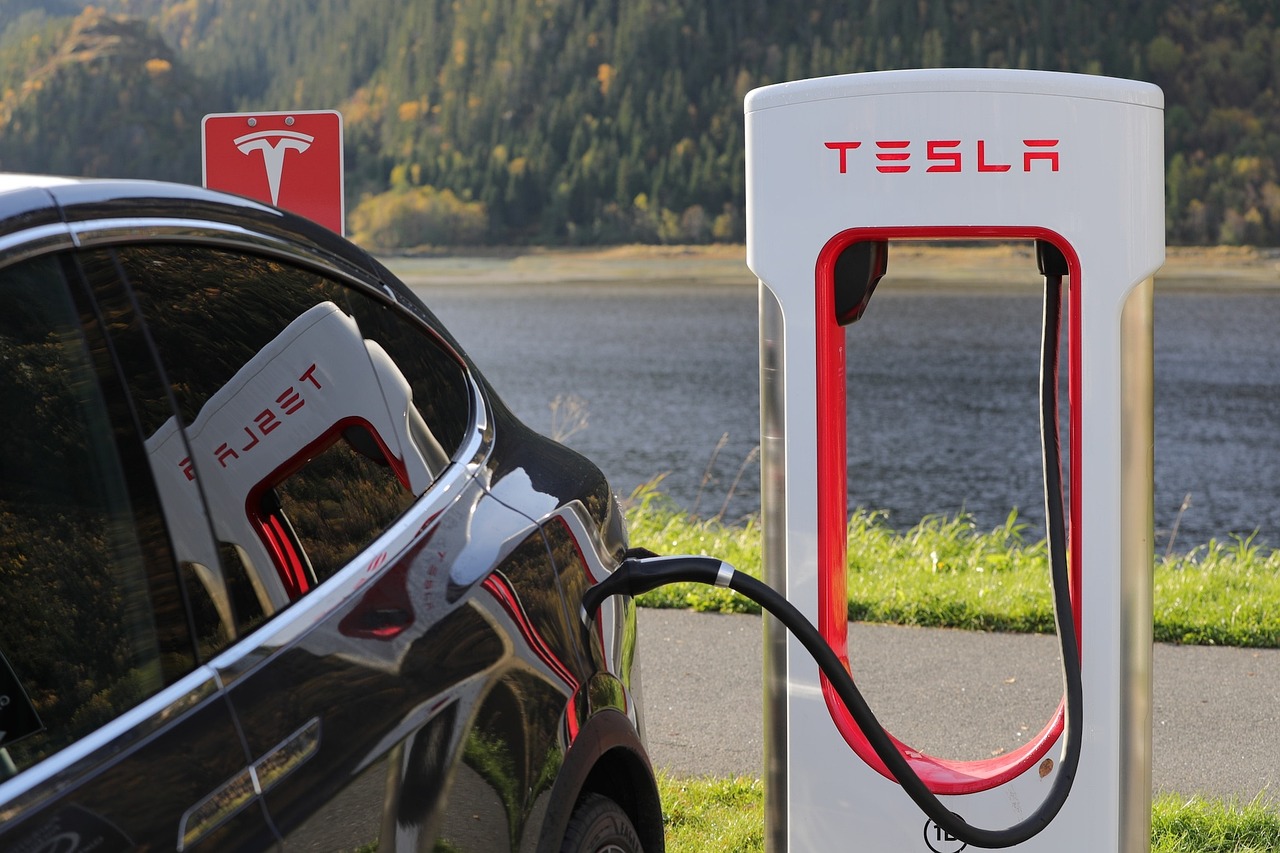For years, the energy-to-waste sector has been a largely overlooked, yet highly lucrative area of investment. With an estimated global market value of around $150 billion, energy-to-waste technology is becoming increasingly attractive for investors looking for diversification and stability in their portfolios. But what does it mean to invest in the energy-to-waste market, and what due diligence is required? In this blog post, we’ll take a look at the fundamentals of investing in this growing sector, from understanding the different types of technologies available to potential returns on investments.
What is the energy-to-waste market?
The energy-to-waste market is a rapidly growing industry that converts waste into energy. This process of converting waste into energy is known as waste-to-energy (WTE). WTE plants use a variety of technologies to convert municipal solid waste (MSW) into energy, such as incineration, gasification, and pyrolysis.
The global WTE market was valued at $27.1 billion in 2016 and is expected to grow at a compound annual growth rate (CAGR) of 6.4% from 2017 to 2025, according to a report by Transparency Market Research. The Asia Pacific region is the largest market for WTE, followed by North America and Europe.
There are several reasons for the growth of the WTE market, including an increase in MSW due to population growth and urbanization, stringent government regulations regarding MSW disposal, and the rising cost of landfills. In addition, WTE plants provide an alternative source of renewable energy and help reduce greenhouse gas emissions.
How does this market work?
The energy-to-waste market is a rapidly growing industry that converts waste into renewable energy. This process can be used to generate electricity, heat, or fuel. There are many benefits to this type of market, including the fact that it can help to reduce greenhouse gas emissions and create jobs. In order to invest in this market, you need to understand how it works.
The first step in the process is to collect the waste. This can be done through various methods, such as recycling, composting, or landfill mining. Once the waste has been collected, it is then transported to a facility where it will be converted into energy.
There are two main types of facilities that are used in this process: anaerobic digestion and thermal treatment. Anaerobic digestion breaks down organic matter without oxygen, while thermal treatment uses heat to convert the waste into energy. After the waste has been converted into energy, it can be used to power homes and businesses or sold back to the grid.
The energy-to-waste market is a great way to invest in the future of renewable energy. It is important to do your research and understand how the market works before making any investment decisions.
What are the benefits of investing in this market?
The $bn energy-to-waste market is still in its early stages of development but is growing rapidly. Here are some of the key benefits of investing in this market:
1) Rapid growth: The energy-to-waste market is expected to grow at a CAGR of 9.8% from 2016 to 2025, according to a report by Transparency Market Research. This represents a huge opportunity for investors.
2) Diversification: Investing in the energy-to-waste market can help diversify your portfolio as it is not highly correlated with other asset classes such as stocks and bonds.
3) Income potential: Many energy-to-waste projects offer attractive yields, which can provide a stead stream of income for investors. For example, the Sacyr Valorisation thermique des déchets facility in France has an annual return on investment of 12%.
4) Environmental benefits: In addition to generating income, investing in the energy-to-waste market can also have positive environmental impacts. Energy-to-waste plants help reduce greenhouse gas emissions by diverting waste from landfill sites where it would decompose and release methane – a potent greenhouse gas.
How can you get started in investing in this market?
If you’re looking to invest in the energy-to-waste market, there are a few things you need to know. First, the market is expected to grow significantly in the coming years. Second, there are a number of different ways to invest in this market. And third, you need to be aware of the risks involved.
Here’s a closer look at each of these three points:
- The energy-to-waste market is expected to grow significantly in the coming years.
The energy-to-waste market is currently worth around $bn globally. But it’s expected to grow significantly in the coming years, reaching $ trillion by 2030. This growth is being driven by a number of factors, including population growth, urbanization, and rising income levels.
- There are a number of different ways to invest in this market.
There are a number of different ways to invest in the energy-to-waste market. These include investing in waste management companies, investing in clean technology companies, and investing in infrastructure projects.
- You need to be aware of the risks involved.
Investing in the energy-to-waste market comes with its own set of risks. These include regulatory risk, technological risk, and environmental risk.
Conclusion
Investing in the energy-to-waste market can be an exciting and lucrative opportunity for those who have done their research. Whether you are looking to invest a small or large sum of money, understanding the industry and its current trends is essential. Furthermore, it is important to have realistic expectations when investing as well as diversify your portfolio to reduce risk. With this knowledge in mind, investors should feel confident that they can make informed decisions in order to gain maximum returns on their investments.










